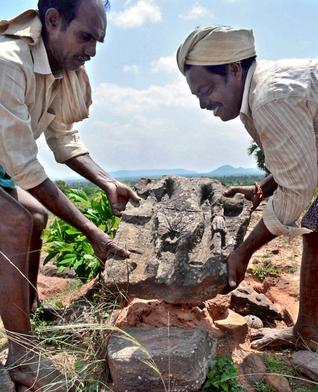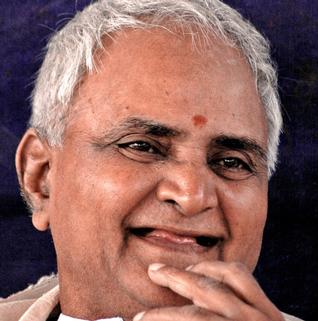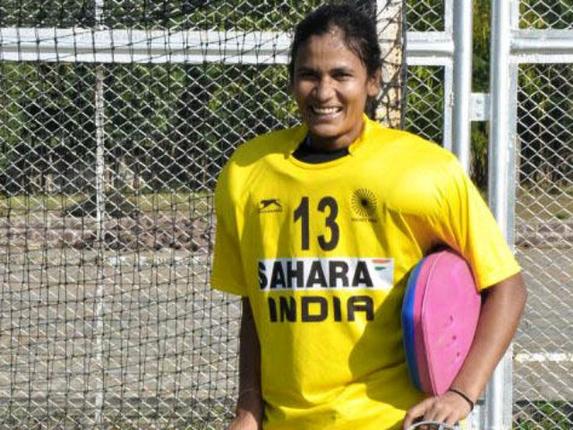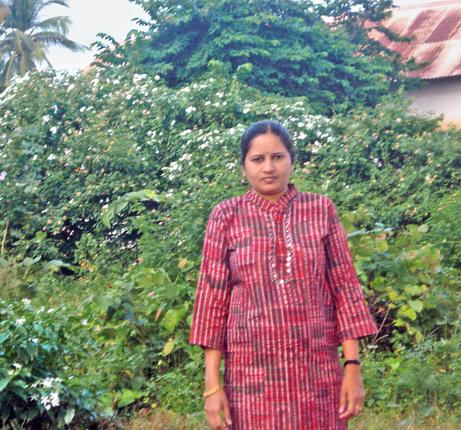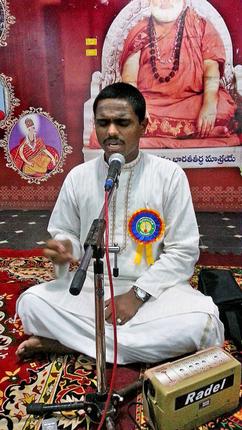Duvvuri Lalithamba is no ordinary woman. At 101, she has witnessed the transformation of the Port City from a sleepy town to the smart city of the future. The daughter of Sir Vepa Ramesam, who was the Chief Justice of the Madras Presidency and founder of the Neo-Malthusian Society, Lalithamba bears testimony to almost all the historical events, including the independence movement, bombing of Vizag by the Japanese and sinking of PNS Ghazi off the city’s coast in 1971.
As one of the founders of the Vizagapatam Ladies Club, Lalithamba is credited with organizing theatre and dance performances, including one by Bollywood star of yesteryears, Waheeda Rehman, in the city much before she became a star. In a tete-a-tete with Venkatesh Bayya of TOI, the grand dame of Vizag speaks about the developments that the city has seen in the last eight-and-a-half decades.
What was Vizag like back in the early 1930s?
Though a culturally advanced town blessed with a large population of educated people, Vizag was yet to find its own place on the map. Back then, it was popular with tourists, many of whom were landed gentry from Andhra, Odisha and Tamil Nadu. The locals and the wealthy also contributed to its languid grace and pace.
When and how did it evolve into a city?
It all started with the naval base coming up after the first world war. Then came Andhra University and the establishment of the Visakhapatnam Port Trust. With the city getting electrified in the mid-1930s, my husband DV Ram Murthy, who belonged to a landed family from East Godavari, was one of the first entrepreneurs to set up Lumen Electricals taking advantage of the introduction of electricity. Many people also benefitted from the setting up of the shipyard and Caltex, the present day HPCL. But all this has come at a cost. Vizag was once the summer capital of the Madras Presidency as temperatures never shot up beyond 30 degrees Celsius. But today the greenery is gone. The city has become an industrial hub and far more polluted than it ever was.
Do you remember the Japanese bombing of 1942?
We were living on the main road of the Old Town. Japanese fighter aircraft bombed the port area during the day. The city turned into a fortress, sirens were sounded all the time and the residents subjected to drills. Most of the bungalows and mansions were taken over by the military and Vizag turned into a massive military camp with soldiers from Australia, Canada and New Zealand. There were more anti-aircraft guns than people in some areas. The supply of electricity was restricted. For the first time in my life I witnessed an exodus. Most of the residents left for the neighbouring towns and villages. My husband, however, was asked to stay back to take care of the lighthouse and the electrical equipment in the port. He convinced me to move to Kakinada for a short while but I returned to Vizag and continued to stay with him.
What about the submarine attack by Pakistan in 1971?
That was totally different from the 1942 bombing. We were all taken by surprise. Those days we were living near the beach and heard a massive explosion one day. The window panes were shattered and we knew we were under attack. Later, the Navy said the Pakistani submarine Ghazi had come too close to the port and was sunk by the navy.
Have you witnessed any other cyclones like Hudhud?
We faced a cyclone in the mid-1920s when the entire town was flooded. The backwaters, which now constitute the core port area, literally flooded all of Old Town and other low lying areas. It was scary then, but Hudhud was equally scary, taking the wind speeds into account. I have also heard of an equally scary cyclone in the late 19th century.
Do you carry any baggage of being Vepa Ramesam’s daughter, Sir SV Ram Murthy’s niece and the grandniece of Sir CY Chinthamani? What was your father’s influence on you?
I do not carry any baggage and neither did my father. In fact when India gained independence, he was the first of the knights to get rid of the title. My father taught all of us to make maximum use of our mental faculties and encouraged us to take part in sports. Despite shifting to Madras to practice in the Madras High Court, he always loved Vizag. His father, Rao Sahib Vepa Lakshmi Narsimham, was a judge and the Commissioner Inams of the Madras Presidency. My grandfather’s house on the main road of Old Town originally housed the East India Company Writers. It had four courtyards with barns and stables in the backyard.
What about your contribution to the cultural scene in Visakhapatnam?
Well, I was active at a time when Vizag was undergoing a massive change. It was turning into a modern city and movies were making their presence felt. At the same time, the freedom movement was on and we were all inspired by Gandhi’s ideals and zeal. During this period, the Vizagapatam Ladies Club organised many socio-cultural events and we tried to engage women in social dialogue concerning various issues. I also set up the first self help group for women in the state and collaborated with the Andhra Mahila Sabha to ensure financial independence of women.
How do you describe your life?
Well lived!! As for my body, I have decided to donate it to the KGH for research purposes. I do not wish to be cremated.
source: http://www.timesofindia.indiatimes.com / The Times of India / Home> City> Visakhapatnam / TNN / July 06th, 2015
